
Introduction: Understanding Neck Pain Vs Dental Pain
Neck Pain Vs Dental Pain: These are discomforts that can significantly affect our daily lives. While irrelevant, these two types of pain can share common causes and symptoms, making it essential to differentiate between them for accurate diagnosis and appropriate treatment.
This blog will delve into the causes, symptoms, treatment options, differences, and similarities between neck pain and dental pain, providing insights into when to seek medical or dental attention and prevention tips.
Causes of Neck Pain
Neck pain can stem from various sources, such as poor posture, muscle strain, injury, or underlying medical conditions like arthritis. Extended sitting, hunching over devices, or sleeping awkwardly can contribute to neck pain.
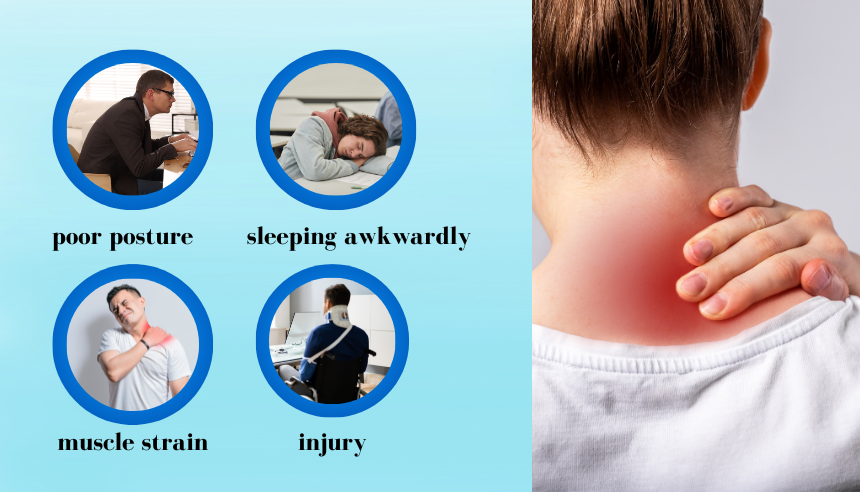
Causes of Dental Pain
Dental pain, on the other hand, often results from tooth decay, infections, gum disease, or dental procedures. Poor oral hygiene, grinding teeth, or sinus infections can also trigger dental discomfort.
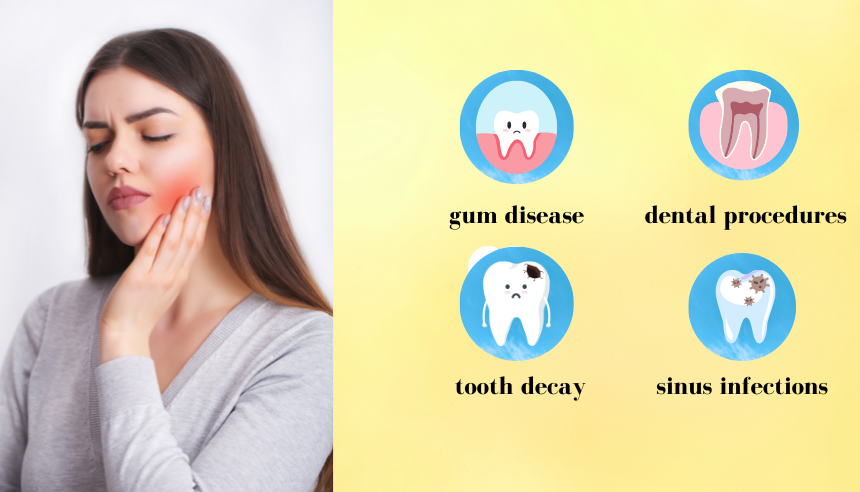
Symptoms of Neck Pain
Neck pain can present with a range of sensations and discomforts, each providing valuable insights into the root causes and complexity of the condition:
- Stiffness: A hallmark can make it challenging to turn the head or tilt it in different directions, limiting the range of motion.
- Aching or Soreness: Neck pain is often characterized by an ache or soreness that can be localized or spread across a larger neck area. It impacts daily activities and hinders comfort during rest.
- Limited Mobility: The ability to move the neck freely can be restricted due to muscle tension and pain.
- Radiating Pain: In some cases, neck pain can radiate to the shoulders and even down the arms.
- Headaches: Neck pain can trigger tension-type headaches that begin at the base of the skull and extend toward the forehead. These headaches can be persistent and worsen with movement.
- Muscle Spasms: Intense neck pain can sometimes lead to muscle spasms, resulting in sudden and sharp pains.
Symptoms of Dental Pain
Dental pain is different in its characteristics and often provides clues about the specific dental issue causing the discomfort:
- Throbbing or Sharp Pain: Dental pain is frequently described as throbbing, sharp, or shooting.
- Localized Discomfort: Dental pain is typically concentrated around the affected tooth. This localization can help identify the specific tooth that is causing the discomfort.
- Sensitivity to Temperature: Dental pain can result in heightened sensitivity to temperature changes.
- Swelling: Dental pain originating from infections can lead to swelling in the affected area. Swelling of the gums or face may be visible upon examination.
- Painful Chewing: Chewing or biting the affected tooth can cause increased pain. This symptom is particularly pronounced in cases of tooth decay or dental infections.
- Visible Signs: In cases of tooth decay or damage, visual cues such as cavities or cracks may be apparent upon inspection, confirming the presence of dental issues.
Treatment Options for Neck Pain
Neck pain relief may involve rest, gentle stretching, hot or cold therapies, and over-the-counter or prescription pain relievers. In severe cases, physical therapy or even surgical intervention might be necessary.
Treatment Options for Dental Pain
Dental pain relief depends on the cause. Tooth decay might require fillings or crowns, while infections may demand root canal therapy or antibiotics.
Comparing Neck Pain and Dental Pain: Key Differences and Similarities
Neck pain usually affects mobility and may extend to the shoulders, while dental pain centers around the mouth. Both can cause headaches and affect well-being. However, dental pain often involves localized discomfort due to the nature of dental issues.
When to Seek Medical or Dental Attention
Medical evaluation is crucial if neck pain is severe, persistent, or accompanied by numbness, tingling, or weakness. Dental pain that lasts more than a day or is associated with swelling, fever, or difficulty swallowing needs immediate dental attention.
Prevention Tips for Neck Pain and Dental Pain
Maintain proper posture, take breaks from prolonged sitting, and perform neck exercises to prevent neck pain. For dental health, practice regular oral hygiene, use a mouthguard if you grind your teeth, and visit the dentist for routine check-ups.
FAQs
- Can neck and tooth pain be connected? Yes, neck and tooth pain can be interconnected in some cases, especially with conditions like Temporomandibular Joint (TMJ) disorders. TMJ disorders involve issues with the joint, and the associated pain can radiate to both the neck and the teeth. Misalignment or dysfunction of the TMJ can lead to discomfort that is felt in these interconnected areas.
- Can dental work affect your neck? Yes, prolonged dental procedures can impact the neck muscles. Extended periods of sitting in a dental chair with your neck at an unusual angle, especially during complex processes, can strain neck muscles and lead to discomfort.
- Can dental infection cause neck pain? Yes, severe dental conditions can indeed cause neck pain. Dental infections, if left untreated, can spread to the surrounding tissues and even the jawbone. The proximity of nerves and tissues in the oral region means that the pain can radiate beyond the immediate area of infection, potentially causing discomfort in the neck as well.
- Why does tooth pain cause neck pain? Tooth pain can sometimes lead to neck pain due to nerve connections. The nerves that serve the teeth and the neck are interconnected, meaning that pain signals from a problematic tooth can travel along these nerve pathways and be perceived in the neck region. This phenomenon is known as referred pain.
By understanding these frequently asked questions, individuals can gain insight into the potential relationships between neck and tooth pain, the impact of dental procedures on neck muscles, the implications of dental infections, and how tooth pain can cause discomfort beyond the oral cavity. If experiencing any of these issues, seeking professional dental or medical advice is advisable for accurate diagnosis and appropriate management.
In conclusion, understanding the primary causes, basic symptoms, and best treatment options for neck and dental pain is vital for overall well-being. By recognizing the key differences and similarities between these discomforts, individuals can seek timely medical or dental attention and adopt preventive measures to lead pain-free lives. Your health is a valuable asset—treat it with care.
Disclaimer: This blog intends to provide general information and should not be taken as a substitute for professional medical or dental advice. Always consult with a healthcare expert for accurate diagnosis and treatment.

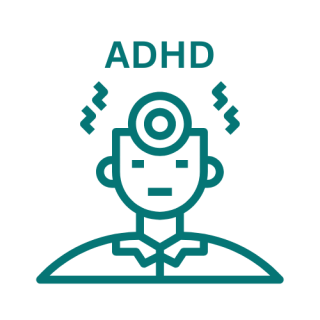





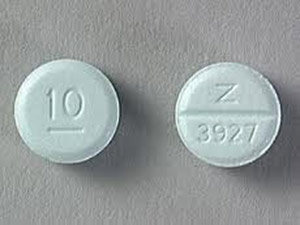
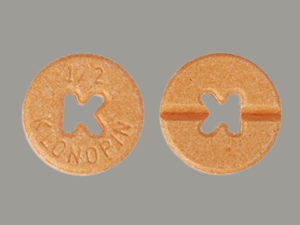
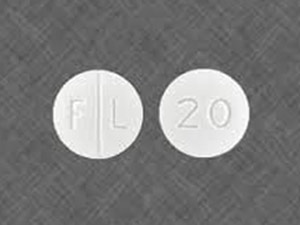

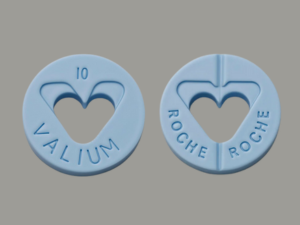
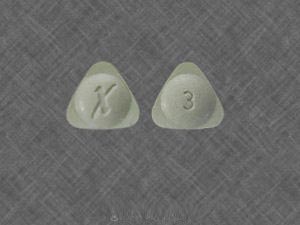

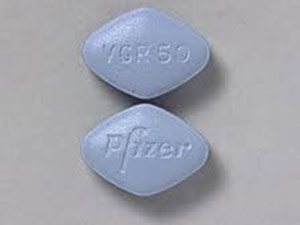

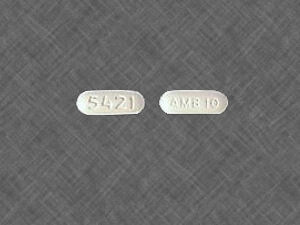
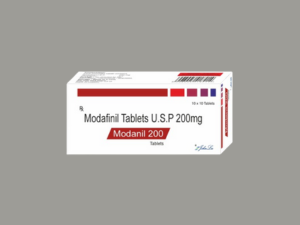



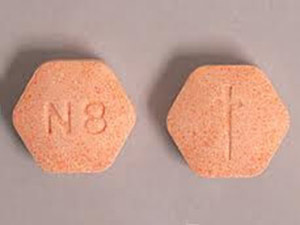
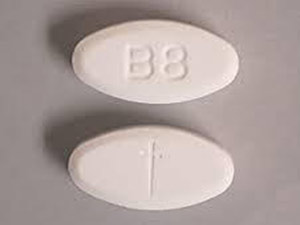


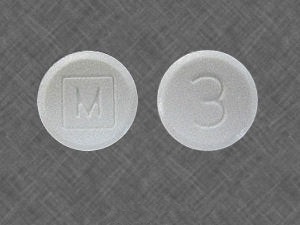


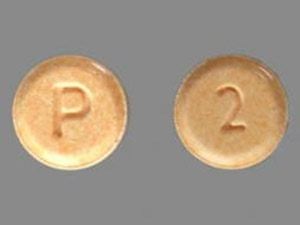
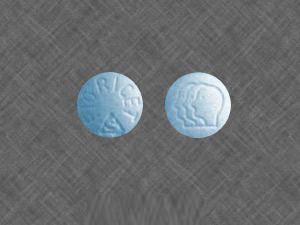




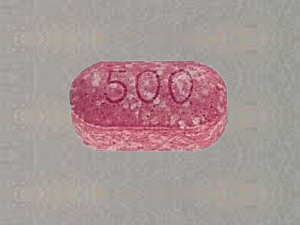




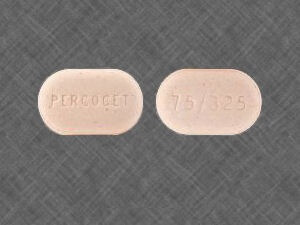

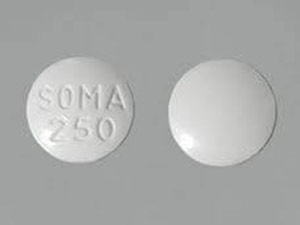
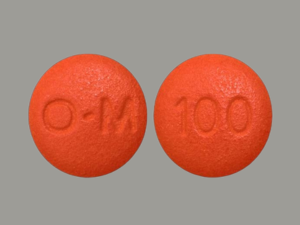
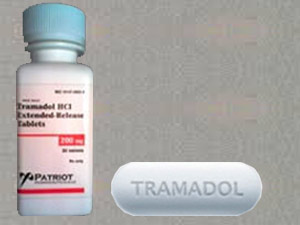




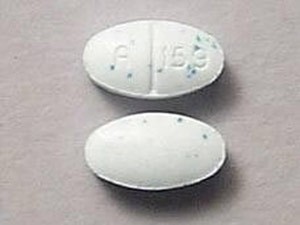
Leave a Reply